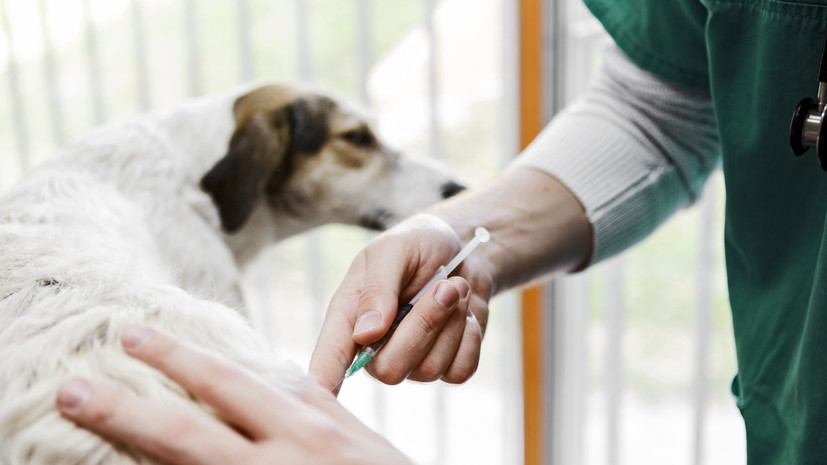“The tick itself is not dangerous; it is only a carrier of a number of diseases, one of the most severe of which is babesiosis.
This is a blood-parasitic disease, especially dangerous for dogs and other species of animals,” warned RT’s interlocutor.
He explained that blood parasites destroy blood cells, cause autoimmune disorders, intoxication and secondary multiple organ disorders.
“The disease can be fatal, especially without seeking medical help.
There is also mortality in treatment, so it is effective only in the earliest stages - within the first day after the onset of symptoms.
The animal may even require a blood transfusion, which means this is a rather expensive treatment,” Rudenko said.
Therefore, he said, prevention is “above all else.”
“Drugs in the form of tablets have proven themselves to be the best.
The tablets last for a certain amount of time, and their effect does not begin immediately.
That is, the drug must be absorbed from the gastrointestinal tract, distributed throughout the body, and accumulate in the skin.
This process may take several days, even a week.
Until this moment, the animal is not protected.
Therefore, I repeat, now is the optimal time to start prevention,” the veterinarian added.
If prophylaxis with tablets has not been carried out, then external treatment agents can be used, he said.
“It is better to combine drops on the withers, a protective collar, and special anti-tick sprays.
If the owner notices a tick on a pet, the parasite must be removed from the body as quickly as possible.
This is not always easy: ticks have powerful chelicerae (oral appendages), so it is better to use a special device - a tick remover.
It is advisable to treat the bite site with an iodine-containing preparation: alcohol tincture of iodine or betadine,” the expert advised.
At the same time, as the specialist noted, cats suffer from babesiosis extremely rarely.
“But ticks can carry other infectious diseases, so if a cat is outdoors, it is important to be vigilant and carry out preventive treatment,” the veterinarian concluded.
Earlier, Rudenko named the most dangerous products for pets in a conversation with RT.

